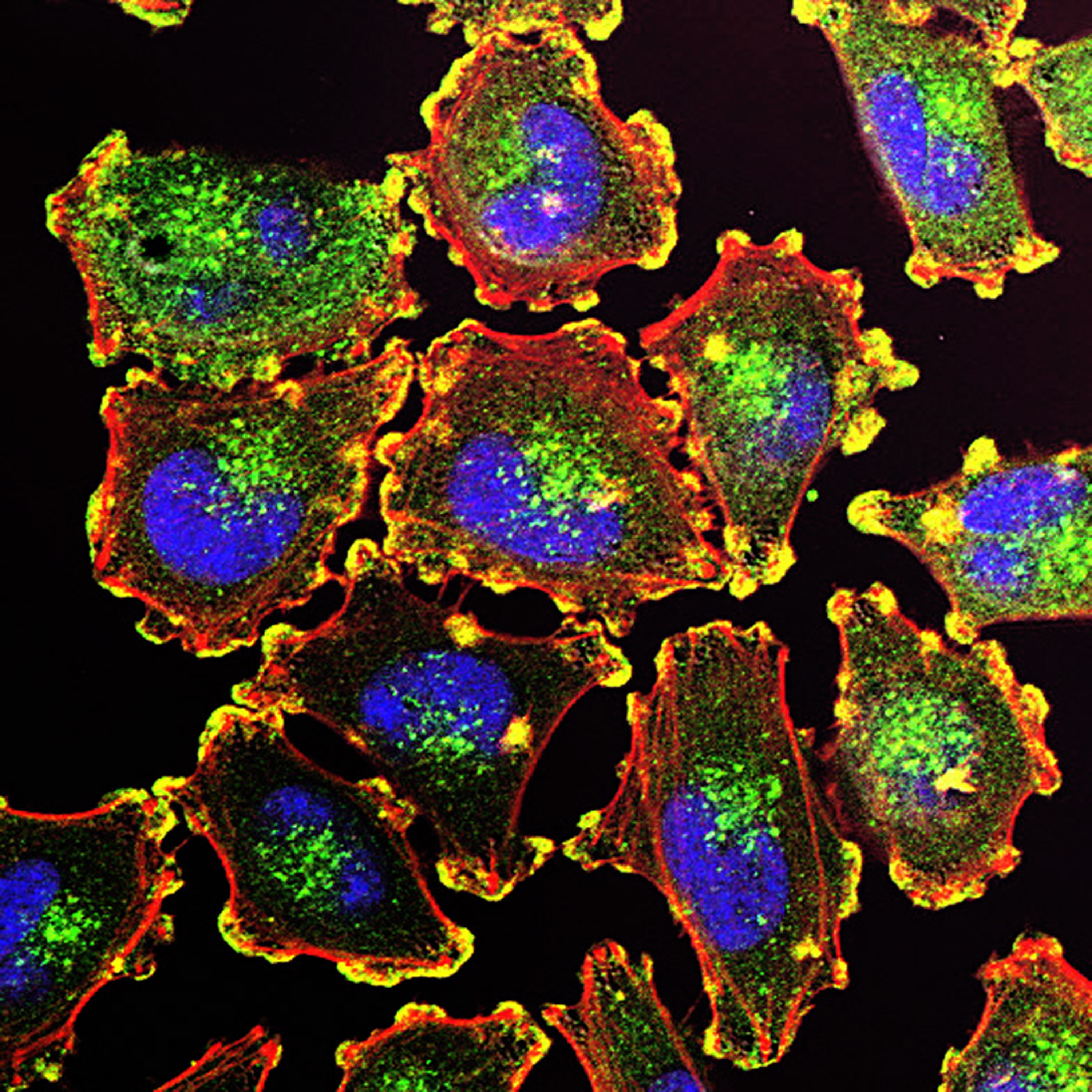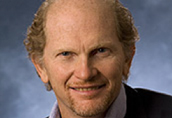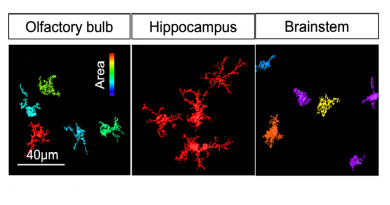Studying the body builder effect leads to a novel pathway in cancer growth
The nutrient-activated kinase complex mTORC1, which has been known to be involved in an organism’s adaptation to food availability after starvation and physical exercise, has recently revealed a novel role.

“We had been studying components of this pathway for several years,” said senior author Dr. Andrea Ballabio, professor of molecular and human genetics at Baylor College of Medicine and Texas Children’s Hospital in Houston, Texas, and director of the Telethon Institute of Genetics and Medicine in Naples, Italy. “We know that the pathway is important for normal cells to carry their activities as it is involved in regulating metabolism. In this study we wanted to learn more about how the pathway regulates its activity.”

Ballabio and his colleagues suspected that the pathway was auto-regulated, and they confirmed it in this study. Their experiments showed that there is a feedback loop within the path that allows it to control itself.
The body builder effect
Ballabio and his colleagues studied the role of the pathway in two normal cellular activities; how cells respond to physical exercise and how they respond to nutrient availability. In terms of physical exercise, the researchers determined that the self-regulating mechanism they discovered is essential for the body builder effect.
“Some athletes take the amino acid leucine or a mixture of amino acids immediately after exercising, which promotes protein synthesis that leads to muscle growth. This is the body builder effect,” Ballabio said. “When we genetically engineered mice to lack the pathway, we lost the body builder effect.”
The researchers had a group of normal mice and another of mice lacking the pathway. Both groups were set to exercise and fed leucine immediately after. While normal mice showed enhanced protein synthesis, the mice without the pathway did not.
“In healthy organisms, this pathway also allows cells to adapt more efficiently to nutrient availability,” Ballabio said. “For example, when transitioning from a period of starvation to one in which food is available, cells need to switch from catabolism to anabolism. Starvation promotes catabolism – the breakdown of nutrients to obtain energy to function – and eating promotes anabolism – the buildup of molecules, such as proteins. The feedback we discovered mediates the switch from catabolism to anabolism, allowing organisms to adapt to food availability.”
An important pathway for cancer growth
The scientists then investigated the role this pathway might play in cancer cells. They discovered that overactivation of this pathway, which is observed in some types of cancer such as renal cell carcinoma, melanoma and pancreatic cancer, is important to promote and support the growth of cancer cells in culture and animal models.
“Most importantly, we demonstrated in our study that blocking the pathway resulted in reduction of tumor growth in an experimental model of human melanoma transplanted into mice,” Ballabio said. “I am most excited about the future potential therapeutic applications of this discovery against cancer. Developing pharmacological treatments that interfere with this pathway might one day help stop tumor growth.”
Rare disease discoveries can improve our understanding of common diseases
“Our lab focuses on rare genetic diseases, such as lysosomal storage genetic disorders, in which we originally studied this pathway,” Ballabio said. “Then, we discovered that the pathway is also important in cancer. Our and other researchers’ work on rare genetic diseases sometimes produces findings that can potentially be applicable to more common diseases, such as cancer.”
Read the complete study in Science.
For a complete list of the authors of this work and their affiliations, please refer to the published article.
This study was supported by grants from the Italian Telethon Foundation (TGM11CB6); European Research Council Advanced Investigator grant no. 250154 (CLEAR) and no. 341131 (InMec); U.S. National Institutes of Health (R01-NS078072); and the Associazione Italiana per la Ricerca sul Cancro (A.I.R.C.) IG 2015 Id 17639 and IG 2015 Id 17717.



